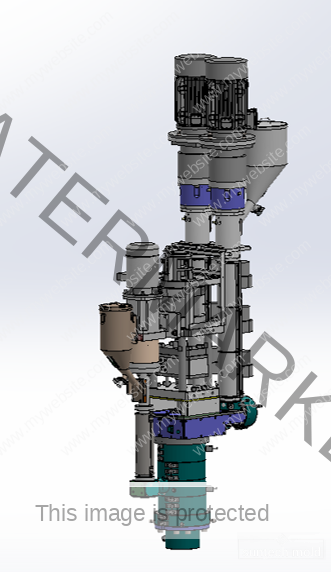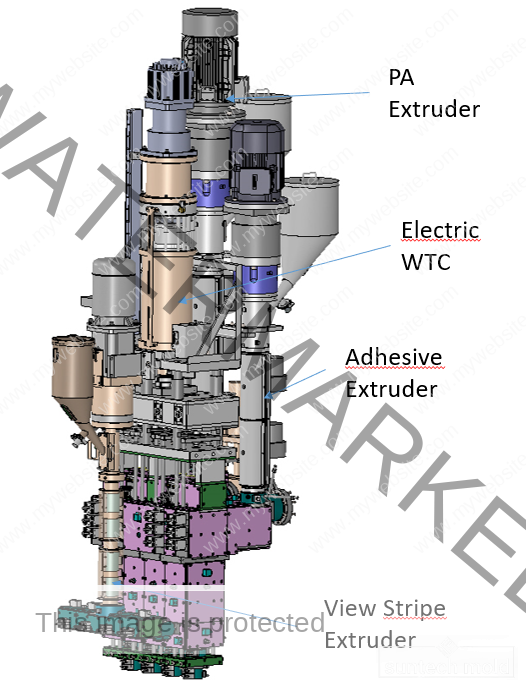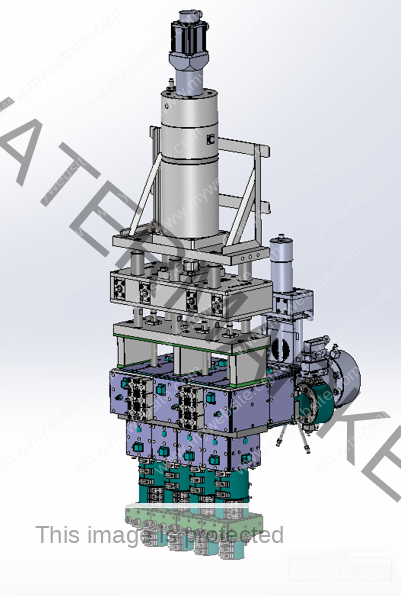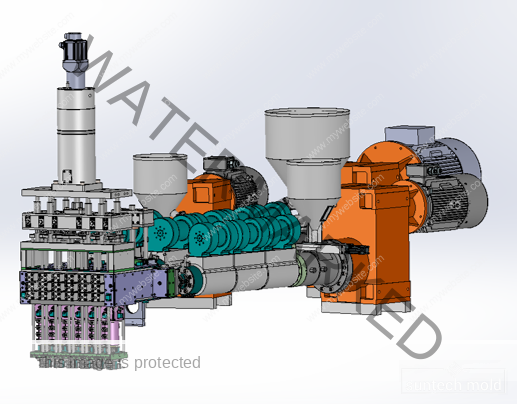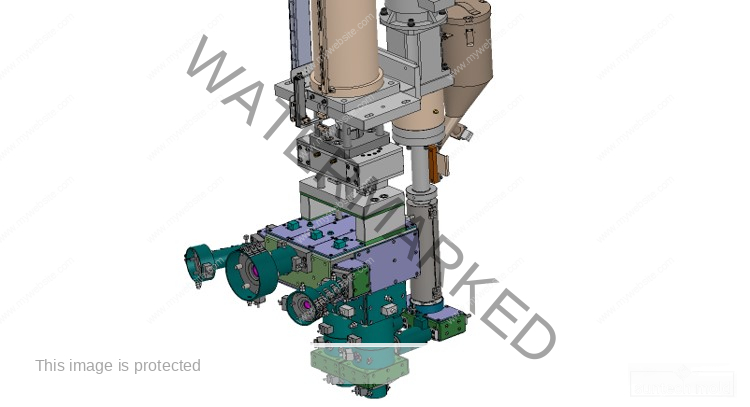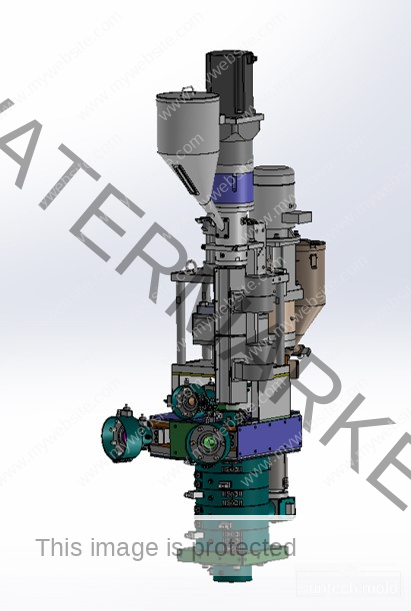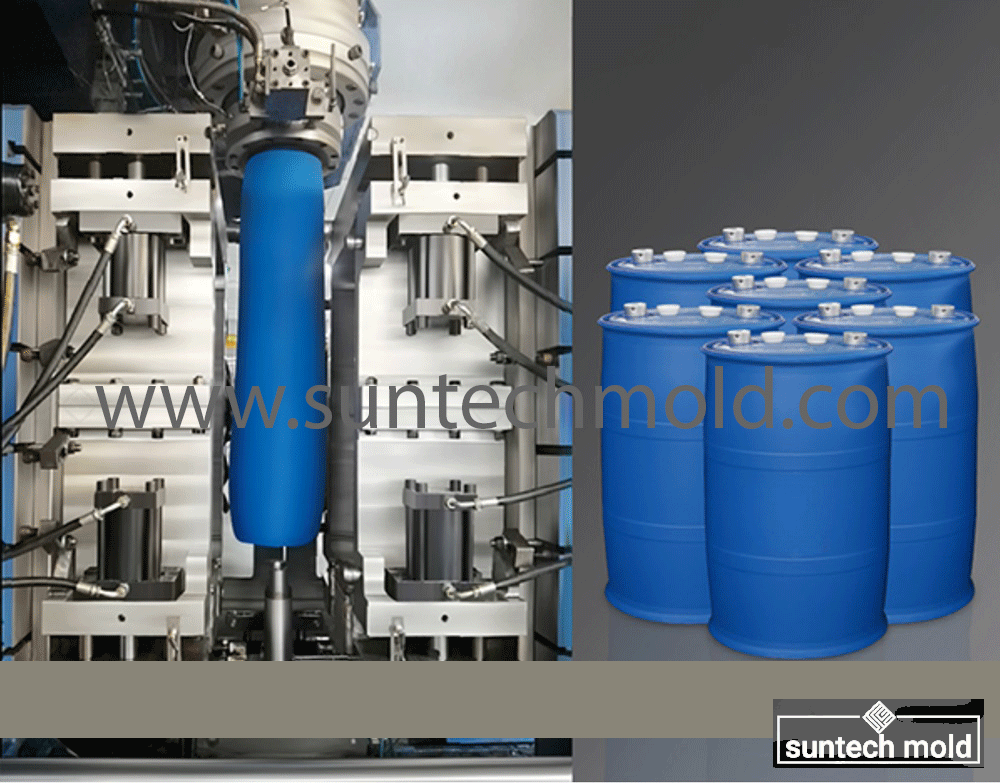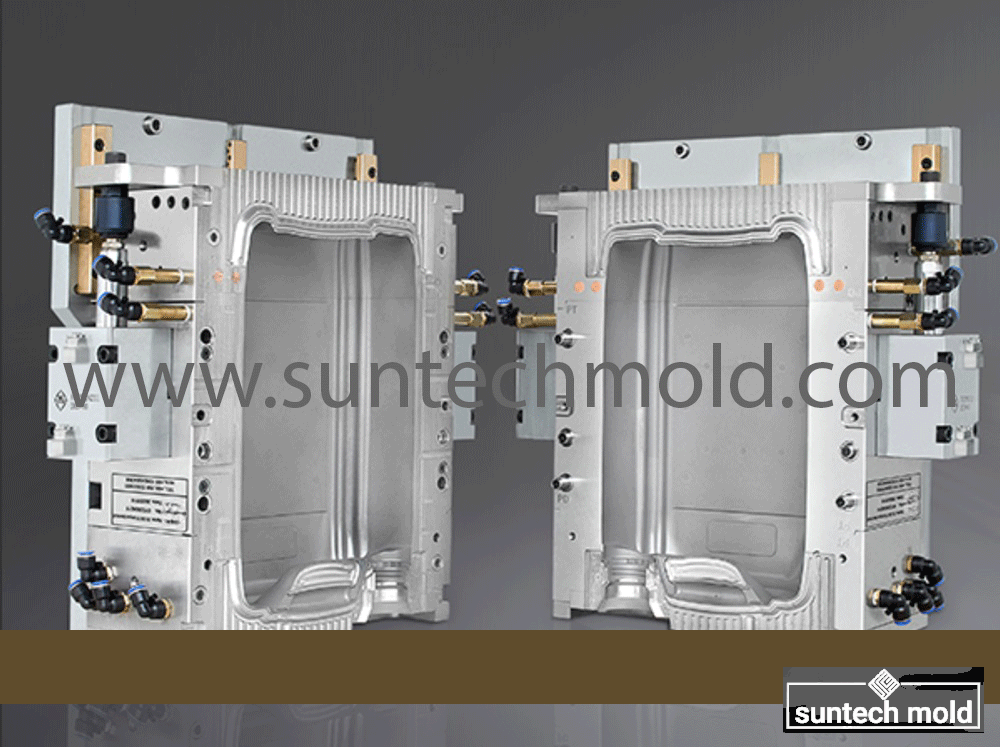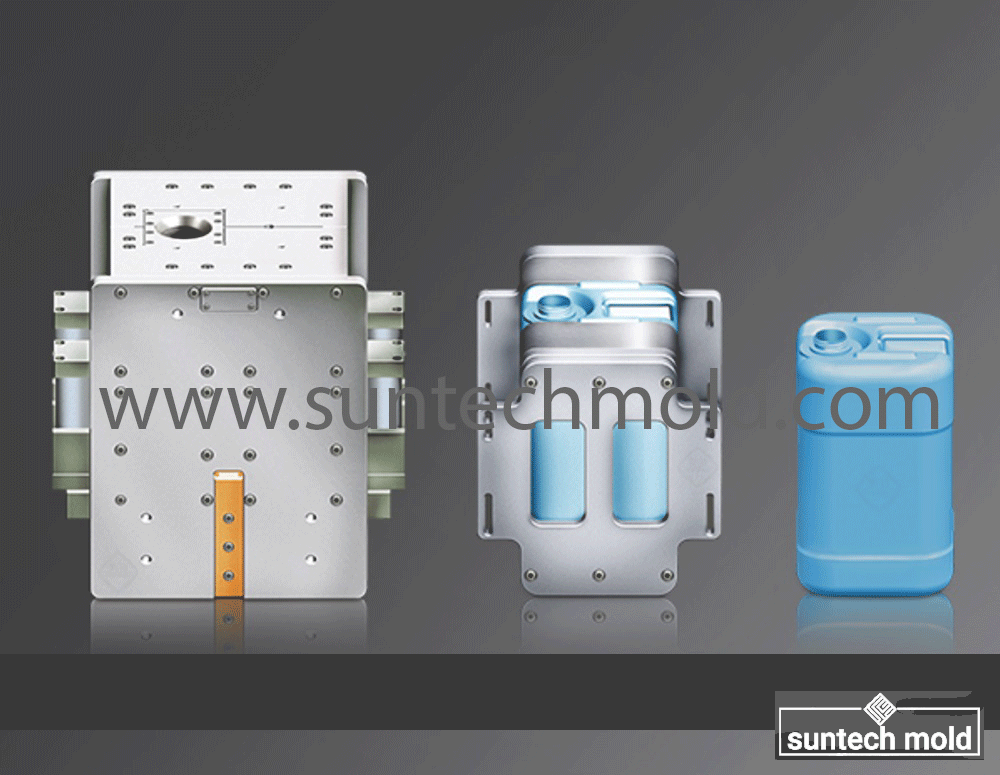Stackable Barrel Mold – High-Performance Solution for Efficient Production
A stackable barrel mold is an essential tool in high-output plastic manufacturing, particularly for creating uniform, durable barrels that stack securely. However, the overall quality of the final product is significantly influenced by how well the mold deflashes. Clean, precise deflashing is not just a matter of aesthetics—it impacts the functionality, safety, and stackability of the final product.
The quality of deflashing in stackable molds can vary significantly due to several factors. Here are some reasons why some stackable molds deflash nicely while others do not:
-
Mold Design
- Draft Angles: Molds with appropriate draft angles facilitate easier removal of parts, resulting in cleaner deflashing.
- Parting Lines: Well-designed parting lines can help minimize flash, while poorly designed lines may trap material and create excess flash.
-
Material Flow
- Viscosity of Material: The flow characteristics of the material used can affect how well it fills the mold and how easily it separates during deflashing.
- Temperature Control: Maintaining optimal temperatures during the molding process ensures better material flow and reduces flash.
-
Ejection Mechanisms
- Efficient Ejector Systems: Molds equipped with effective ejection systems (like pins or plates) can help push parts out cleanly, reducing the chances of flash.
- Alignment: Proper alignment of ejector pins and mechanisms ensures even pressure during ejection, minimizing flash.
-
Mold Wear and Maintenance
- Wear and Tear: Worn molds may not close properly, leading to gaps where material can escape and create flash.
- Maintenance Practices: Regular maintenance of molds contributes to their performance; neglected molds can develop issues that affect deflashing.
-
Production Parameters
- Cycle Times: Short cycle times can lead to incomplete curing or cooling, resulting in flash. Properly timed cycles help ensure complete material solidification.
- Injection Pressure: Inadequate injection pressure can lead to incomplete filling and increased flash.
-
Material Characteristics
- Type of Material: Different materials have varying properties, such as shrinkage rates and adhesion, which can affect flash formation.
- Additives: The inclusion of additives can influence the material’s behavior during molding and deflashing.
-
Quality of Mold Construction
- Precision in Manufacturing: High-quality molds made with precise tolerances can minimize flash compared to lower-quality molds.
- Surface Finish: Smooth mold surfaces reduce friction and help parts release more cleanly.
Why Some Stackable Molds Deflash Better Than Others
The deflashing process—removing excess material from molded parts—is often overlooked, but it plays a crucial role in determining product quality. In a stackable barrel mold, inconsistencies in deflashing can lead to imperfections that compromise stackability, sealing, or structural integrity. Several factors influence deflashing performance:
Mold Design Is Crucial
-
Draft Angles: Properly designed draft angles allow parts to release smoothly from the mold, reducing the chance of leftover flash. Poor draft angles can make demolding difficult, leading to tearing or excessive flash.
-
Parting Lines: Precise parting lines ensure material flows where it should. A poor parting line design may trap excess resin, resulting in uneven edges and poor deflashing.
Material Flow and Temperature Control
-
Viscosity of Material: Thicker or improperly heated materials don’t flow evenly into the mold cavities. This can lead to overflows or voids that cause flash.
-
Temperature Management: Consistent heat distribution across the mold improves material flow and ensures proper curing, directly affecting the cleanliness of deflashing.
Ejection Mechanisms Impact Flash Quality
-
Ejector Systems: A high-quality stackable barrel mold will have an efficient ejection system, such as ejector pins or plates, that ensures clean part release. Misaligned or weak ejection systems cause parts to drag, increasing flash.
-
Alignment and Pressure: Even pressure and perfect alignment during ejection are essential to prevent distortion and flashing.
Maintenance and Wear Matter
-
Mold Wear: Over time, molds can wear down, creating tiny gaps where material can seep through during injection, causing flash.
-
Maintenance Practices: Routine maintenance and inspection of the mold’s condition help sustain deflashing performance. Neglected molds often lead to poor part quality and excess waste.
Production Parameters and Material Type
-
Cycle Times: Fast cycle times may not allow material to cool and cure completely, leading to increased flash. Adjusting cycle times helps ensure material sets correctly.
-
Injection Pressure: Low or inconsistent pressure during injection may lead to poor material filling and increased flashing at the mold edges.
-
Material Selection: Different thermoplastics behave differently under heat and pressure. Some materials are more prone to flashing due to shrinkage or adhesion properties.
-
Additives: Material additives can impact flow characteristics and separation behavior, influencing flash control.
Conclusion
The effectiveness of deflashing in stackable molds hinges on a combination of design, material characteristics, maintenance, and production parameters. By optimizing these factors, manufacturers can improve the consistency and quality of deflashing across different molds.

